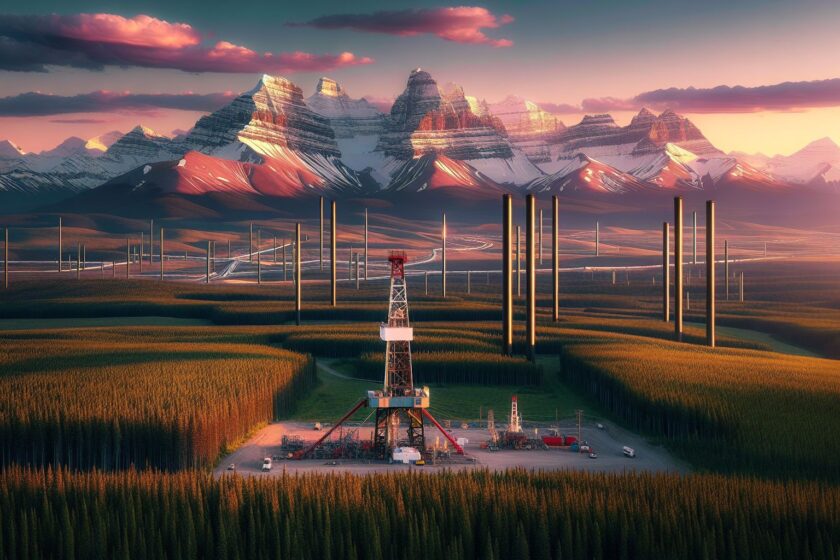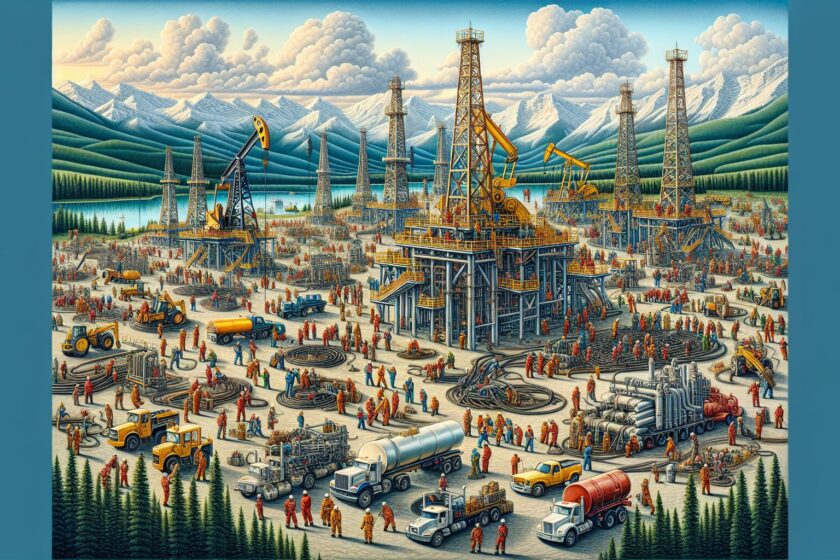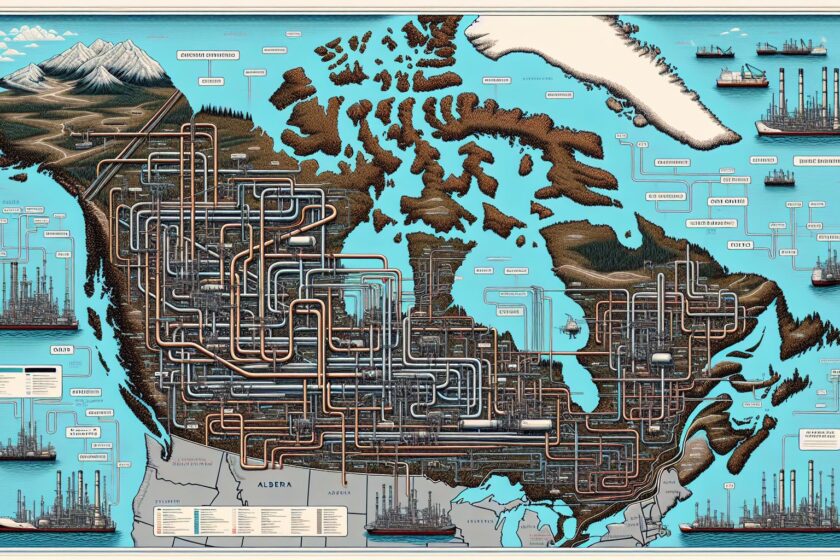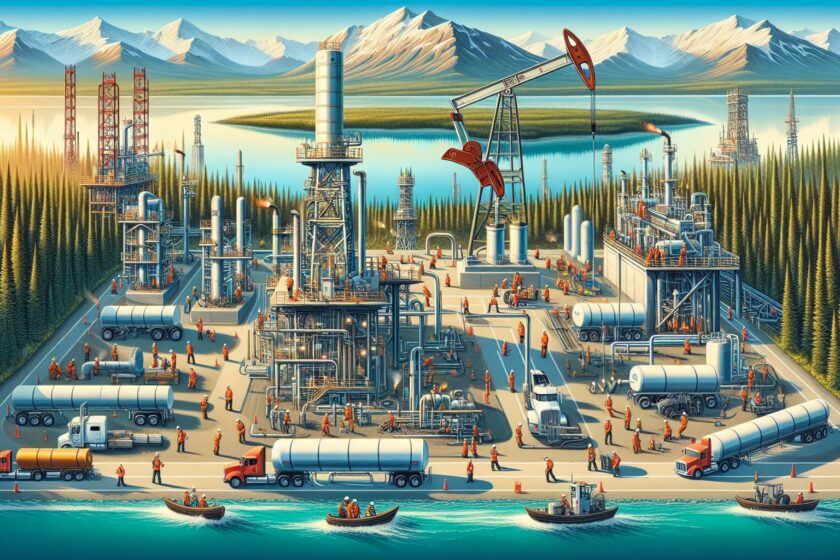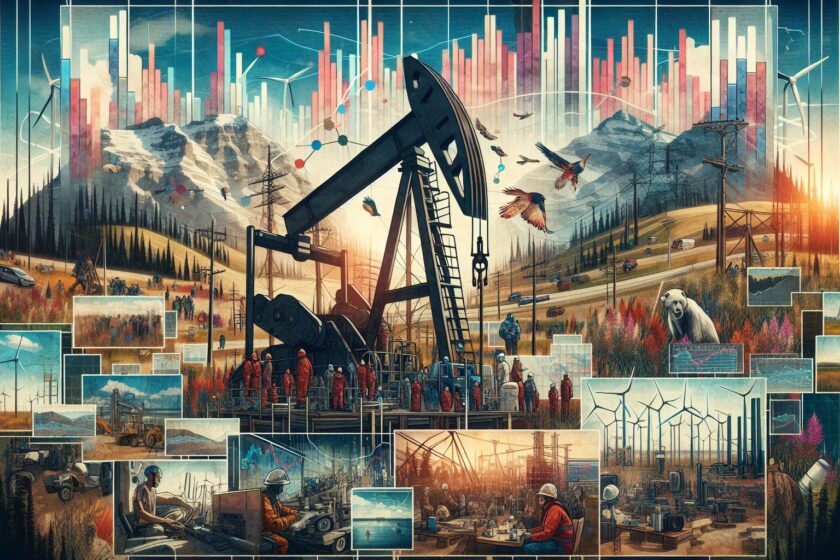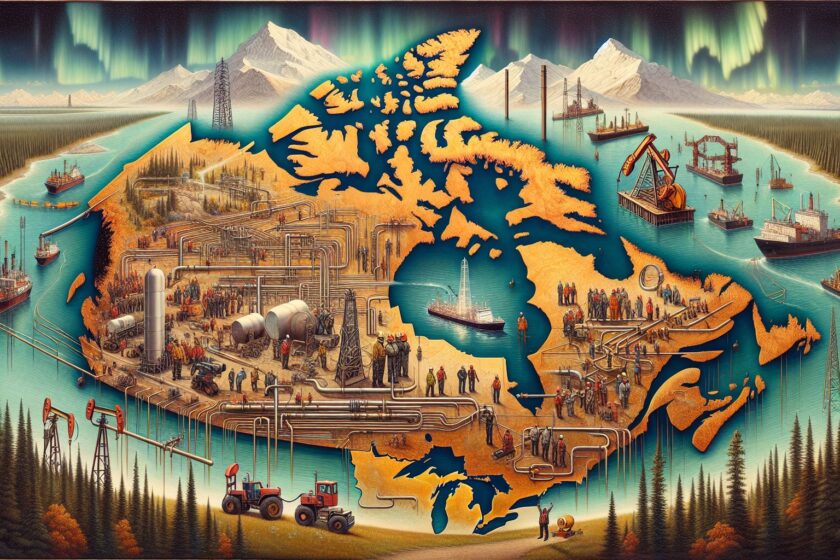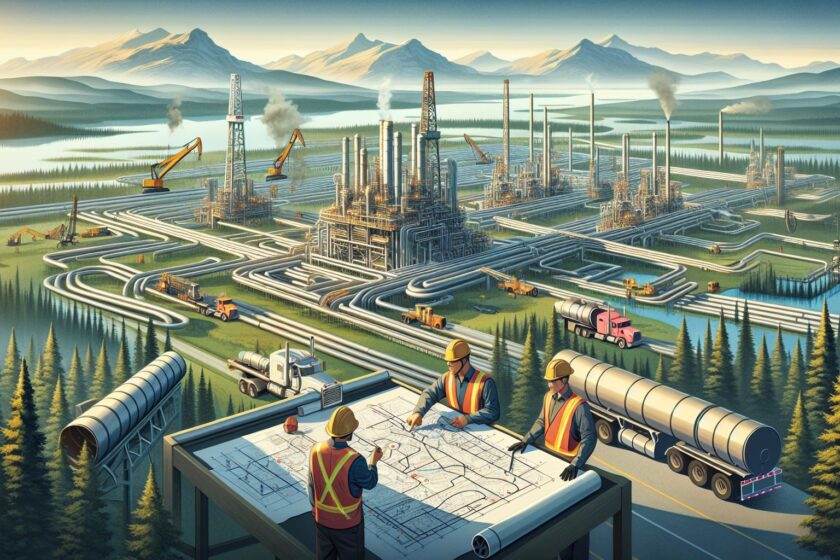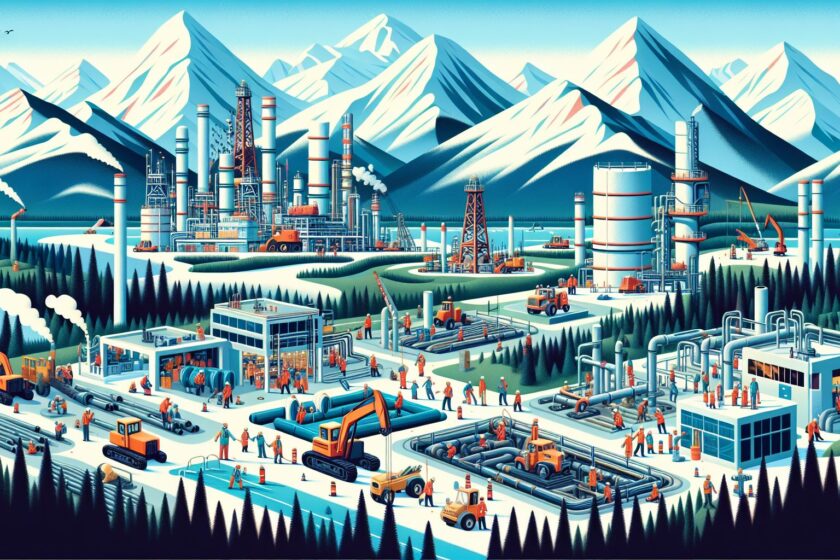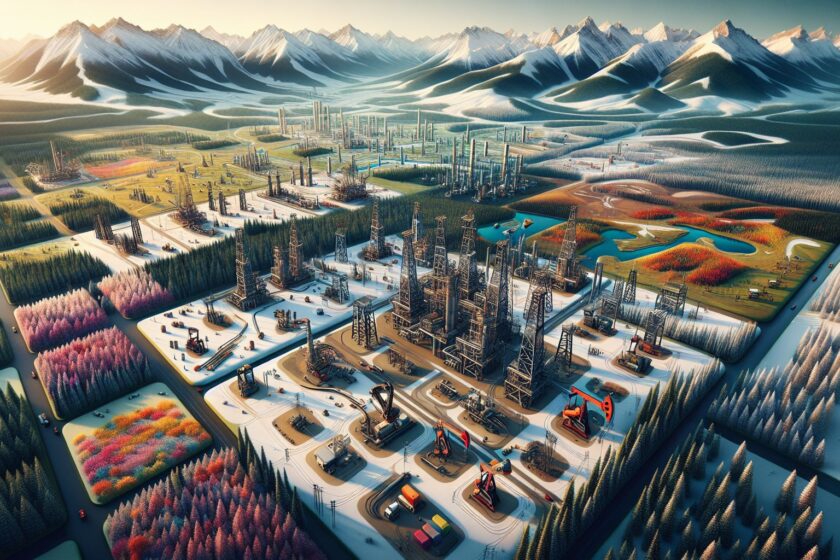Canada’s Oil & Gas Industry: A Unique Landscape
The oil and gas industry in Canada is truly one of a kind. With vast reserves of natural resources and a complex regulatory environment, the sector is a crucial part of the Canadian economy. From the tar sands of Alberta to the offshore drilling rigs on the east coast, the industry provides jobs, revenue, and energy security for the country.
One of the unique aspects of the oil and gas industry in Canada is the diversity of players involved. From the large multinational corporations like Suncor and ExxonMobil to small, independent producers, there is a wide range of companies operating in the sector. This diversity brings both challenges and opportunities, as different players have different priorities and objectives.
Another key feature of the Canadian oil and gas industry is its reliance on technology and innovation. With harsh weather conditions, remote locations, and environmental concerns, companies operating in the sector must constantly innovate to improve efficiency and reduce their environmental footprint. From new drilling techniques to cutting-edge technologies for pipeline monitoring, innovation is at the heart of the industry.
However, despite its importance to the Canadian economy, the oil and gas industry in Canada faces a number of challenges. From pipeline protests to regulatory hurdles, the sector must navigate a complex landscape of competing interests and priorities. This can make it difficult for companies to plan and invest for the long term, leading to uncertainty and volatility in the industry.
In recent years, the Canadian oil and gas industry has also faced increasing pressure from environmental groups and governments to reduce greenhouse gas emissions and transition to cleaner energy sources. This transition presents both challenges and opportunities for the sector, as companies must adapt to new regulations and technologies while continuing to meet the energy needs of Canadians.
Despite these challenges, the future of the oil and gas industry in Canada remains bright. With continued investment in technology and innovation, the sector has the potential to remain a key driver of the Canadian economy for years to come. By working together to address the challenges facing the industry, companies, governments, and communities can ensure that the Canadian oil and gas sector remains competitive and sustainable in the long term.
In conclusion, the oil and gas industry in Canada is a unique and complex landscape that plays a crucial role in the country’s economy. From the diversity of players to the challenges of regulatory compliance and environmental concerns, the sector faces a number of obstacles in the years ahead. However, with a focus on innovation, collaboration, and sustainability, the industry has the potential to thrive and continue to provide jobs, revenue, and energy security for Canadians for generations to come.

